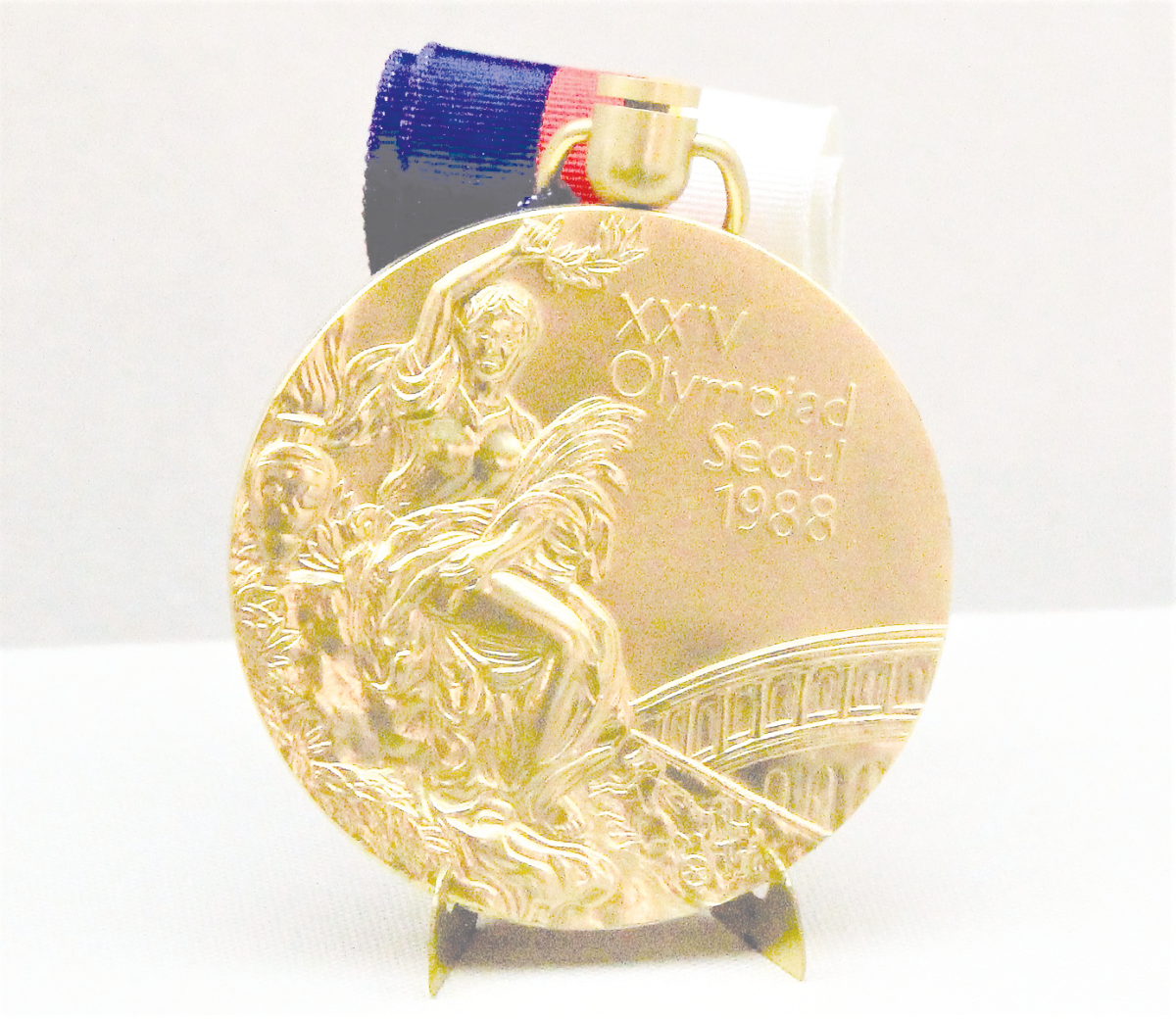In 1896 Athens, one of the most iconic sports in sports history was introduced into the set of Olympic sports: gymnastics. Artistic gymnastics was one of the original sports that helped kickstart the Olympics.
The term ‘artistic gymnastics’ was coined in the 1800s. It was intended to describe the art of free-flowing styles derived from techniques used in military training. The sport itself, however, originated in ancient Greece. The name came from the Greek word ‘gymnazein’ which translates to ‘exercise while naked.’ The ancient Greeks used gymnastics as an activity to promote both physical and mental health. Records of art show that gymnastics was practiced worldwide in ancient times. A 15th-century BCE fresco was discovered at the Palace of Knossos in Crete which depicts three individuals leaping over a charging bull. This image resembled the modern term of ‘tumbling.’ More examples come from Egypt, where ancient hieroglyphics depicted people performing backbends and acrobatic features.
Modern gymnastics first came to prominence during the Renaissance, when people shifted a focus to physical and mental education. European immigrants first brought gymnastics to the United States in the mid-19th century, which helped create Sokol clubs. These were fraternal clubs that housed physical fitness programs.
In the first modern Olympic games, male gymnasts competed in six individual events. They included horizontal and parallel bars, pommel horse, rings, rope climbing, vault, as well as two team events. In the first Olympic games, Germany dominated its opponents as they scored five gold medals, three silver medals, and two bronze medals. Women gymnasts participated in demonstration exercises for the Olympics as early as 1906. However, they did not compete in gymnastics events until 1928 as they were barred from competing. The women’s World Championships were introduced in 1934 while the men’s were introduced in 1903. This was largely due to the early notion that sports were seen as too ‘strenuous’ for women as husbands were concerned that their wives’ reproductive health would suffer if they exercised. As a result, gymnastics events were only seen as a practice to train an unbeatable army for the military. In light of this, the FIG (International Gymnastics Federation) designed new events to showcase more femininity, as it would show their flexibility, beauty, and grace. The first Olympic woman to win gold in Rhythmic gymnastics was a woman named Mary Lou Renton.
Artistic gymnastics gained momentum in the 1970’s when younger athletes such as Olga Korbut and Nadia Comaneci wowed the world with their ability at such young ages. While rhythmic gymnastics events were introduced in 1984, trampoline events were not added until the 2000 Olympic Games.
Gabby Douglas made history at the 2012 Olympics, when Douglas, along with her team, dominated their opponents in their quest for a gold medal. With this, she became the first woman of color and the first African American to win the all-around gold. In the 2016 Rio de Janeiro Olympics, Douglas defended her title. However, her teammate, Simone Biles, is currently the favorite to win.
Another historic moment that came from that Olympic year was when Laurie Hernandez, one of the youngest athletes who competed in the Rio games at age 16, became the first Latina to make the U.S. women’s Olympic gymnastics team since 1984. The next team member of the ‘Fierce Five’ is Aly Raisman, the second member of the team to return to the Olympics. The other teammate, Madison Kocian, is the reigning world champion on the uneven bars.
Here are some fun facts about gymnastics:
- Dipa Karmakar of India is the first woman in Olympic history to qualify for artistic gymnastics from her country. She completed the Produnova vault, which is deemed one of the hardest vaults in discipline.
- In the Olympics, only women can compete in the Balance Beam and Uneven bars.
- Total Sportek ranked gymnastics as the 4th hardest sport, falling behind boxing, MMA, and rugby.
- In 2012, the average age of the United States women’s gymnastics team was 17, while the average age of the men’s was 21.5.






